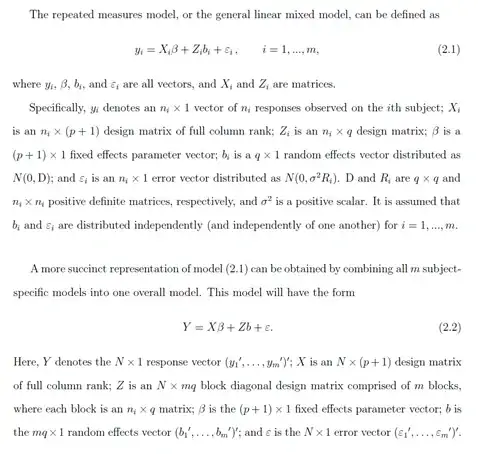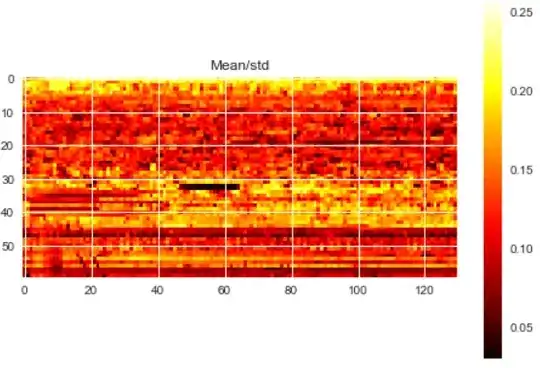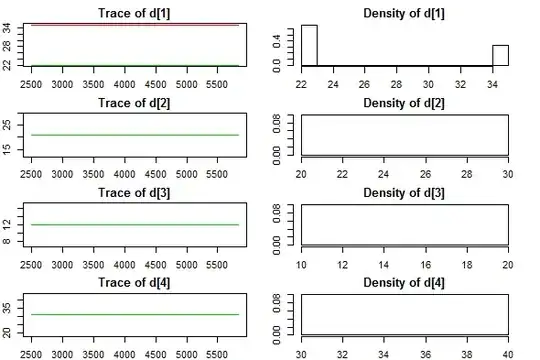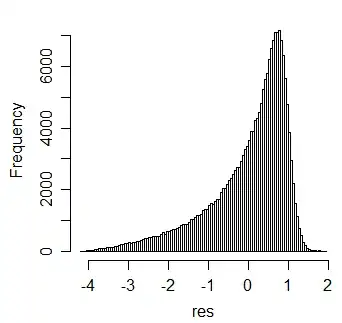Risk modeling is a scientific endeavor, and it bears no resemblance whatsoever to DIY. Let's make a concrete example: suppose I have the following data

where $x$ is my input, $y$ is my response, the blue dots are experimental observations and the black line is the ideal model (which I wouldn't know in a real case)1. From my experimental results, it looks like $y$ has a global maximum around $x=0.5$.
Suppose now that I need a $y$ of at least 0.23 to meet my revenue target. Obviously if I set $x=0.5$, I'll minimize my chances of not meeting my targets, but I want to be more precise and quantify the risk of not meeting my target. In other words, I want to estimate
$$P(Y<0.23|x = 0.5)$$
Of course, in a real case we don't know this probability (we can only estimate it from data), but in my example I used the following generative model:
$$ Y|x \sim\mathcal{N}(x(1-x)\cos(x-0.5)^2, \sigma)$$
with $\sigma = 0.01$, thus the probability is easily computed as
$$ P(Y<0.23|x = 0.5) = \Phi\left(\frac{0.23-0.5(1-0.5)\cos(0.5-0.5)^2}{\sigma}\right) = \Phi\left(-\frac{0.02}{0.01}\right)= 0.02275013$$
where $\Phi(y)$ is the CDF of a standard Gaussian variable.
This probability doesn't depend on the number of samples we observe: only the accuracy of our estimate does. For example, using Gaussian Process Regression to estimate the ideal model, and 4 different samples of size $N=\{100, 1000, 3000, 5000\}$, here's what we get:




Our estimates changes, but the real risk probability (the probability of getting a $y$ value below the green line when $x=0.5$) doesn't:

the red line is the exact risk, while the cyan line is our estimate. Note: I used a log scale for the $y$ axis, in order to show more clearly how the estimated risk gets gradually closer to the exact risk.
1for example, $y$ could be the yield of a binary chemical reaction, and $x$ the mole fraction of one of the two reactants: if I $x=0$ or $x=1$, then I have respectively 1 or 0 of the other reactant, so the yield $y$ is 0. The yield seems to be highest around $x=0.5$, but since the actual yield is never equal to the theoretical yield, we can imagine I had to perform some experiments to get an actual yield curve (usually they look nothing like this, but it's just an example).





